May 31, 2025 | 06:26 GMT +7
May 31, 2025 | 06:26 GMT +7
Hotline: 0913.378.918
May 31, 2025 | 06:26 GMT +7
Hotline: 0913.378.918
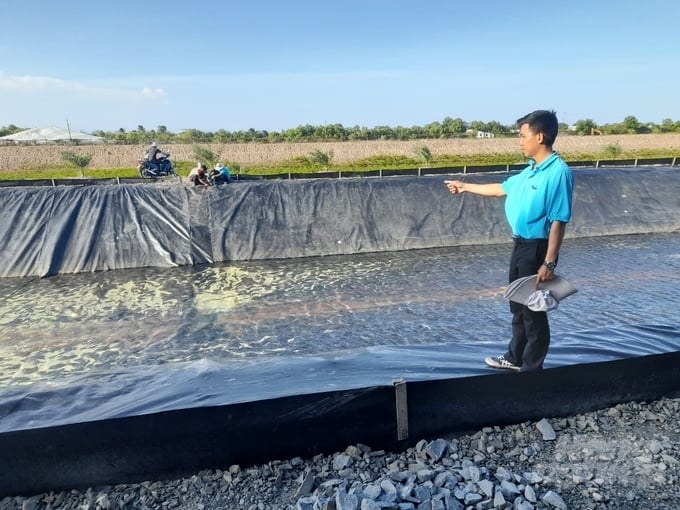
Farmers breeding white-leg shrimp in Duyen Hai district (Tra Vinh province) are inspecting their ponds. Photo: Ho Thao.
The two-stage model for farming whiteleg shrimp utilizing 4.0 technology includes arranging nursery ponds, settling ponds, wastewater treatment ponds, and grow-out ponds with an area of 1,500 m2/pond and stocking density of 200 shrimp/m2.
Advantages of the model include shading nets covering the ponds with 65% shading, installation of paddlewheel, water pump, bottom aeration system, as well as automatic monitoring and environmental alert system. Biogas digesters are used for collecting and treating waste, reducing water pollution. Thanks to this system, shrimp farmers can promptly address unfavourable factors through automatic monitoring of dissolved oxygen levels, temperature, pH, and salinity in the ponds.
The technical shrimp farming process spans two stages. In the first month, shrimp are entirely nursed indoors in greenhouses for better management and care, achieving a survival rate of 100%. The second stage starts in the second month, shrimps are moved to grow-out ponds, with an average survival rate exceeding 94%.
After about 70 - 75 days of farming, shrimp reach an average size of 55 shrimp/kg, equivalent to a yield of over 34 tons/ha/crop. If market prices for commercial-grade shrimp (size 55 shrimp/kg) reach between VND 120,000 - 130,000/kg, after deducting costs, profits can reach approximately VND 1 - 1.5 billion/ha/crop.
Mr. Le Van Dong, Deputy Director of the Department of Agriculture and Rural Development of Tra Vinh province, mentioned that the model is currently supported technically by the provincial agriculture sector and encouraged for implementation among farmers with suitable conditions. As of mid-June 2024, the area for high-tech whiteleg shrimp farming in the province has reached over 1,440 ha, with over 1.53 billion shrimp seedlings stocked, marking a 2.26-fold increase compared to the same period in 2023.
Translated by Hoang Duy
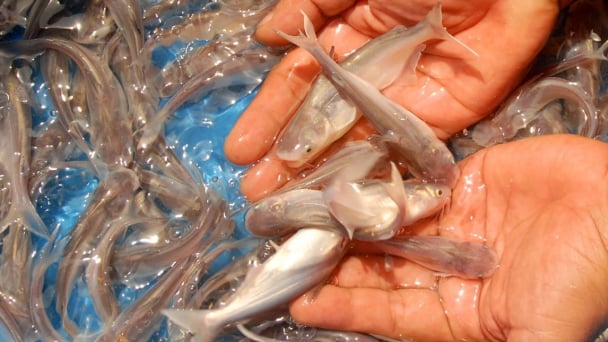
(VAN) Vaccinating juvenile pangasius helps reduce disease, antibiotic use, and farming costs, increasing profits for export-oriented farmers in An Giang.

(VAN) Due to a limited supply of workforce and competitive recruitment requirements, businesses struggle to retain talented veterinary human resources.
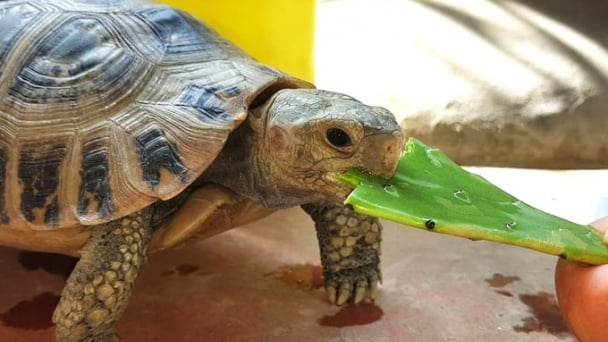
(VAN) WOAH’s guidance aims to mitigate disease risks through a One Health approach that balances economic, conservation, and public health interests.

(VAN) Ms. Nguyen Thi Dung, Deputy Director of Ngoc Hoang Cooperative, shared about the journey of bringing dragon fruit to Europe, achieving annual revenues in the billions of VND.
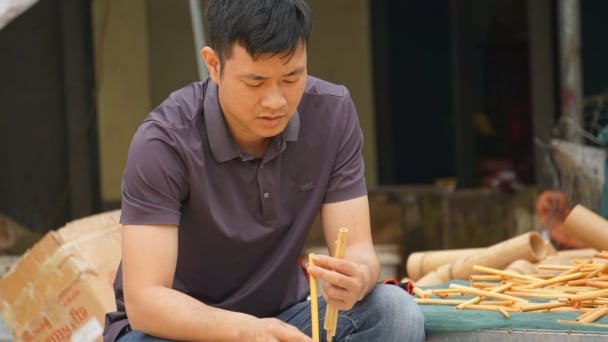
(VAN) Bamboo products from Thang Tho Bamboo Cooperative have reached many countries around the world, while also creating jobs for local workers.
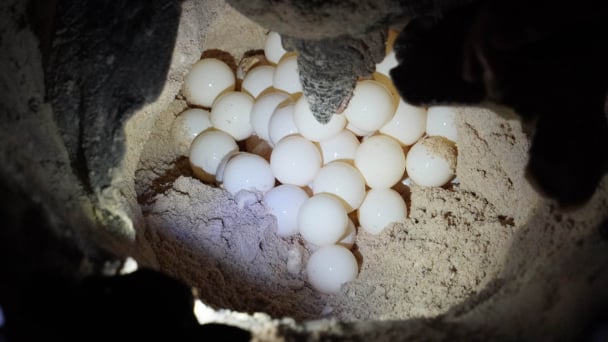
(VAN) The Management Board of Con Dao National Park reported that a green sea turtle, tagged in the Philippines, has traveled thousands of kilometers to lay 84 eggs on Bay Canh Islet.
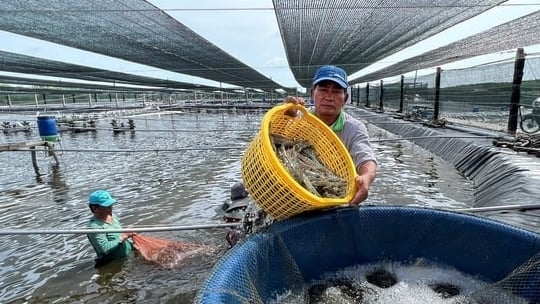
(VAN) Green technology is paving a new path for sustainable aquaculture in the Mekong Delta in particular and across the country in general, helping reduce emissions and adapt to climate change.